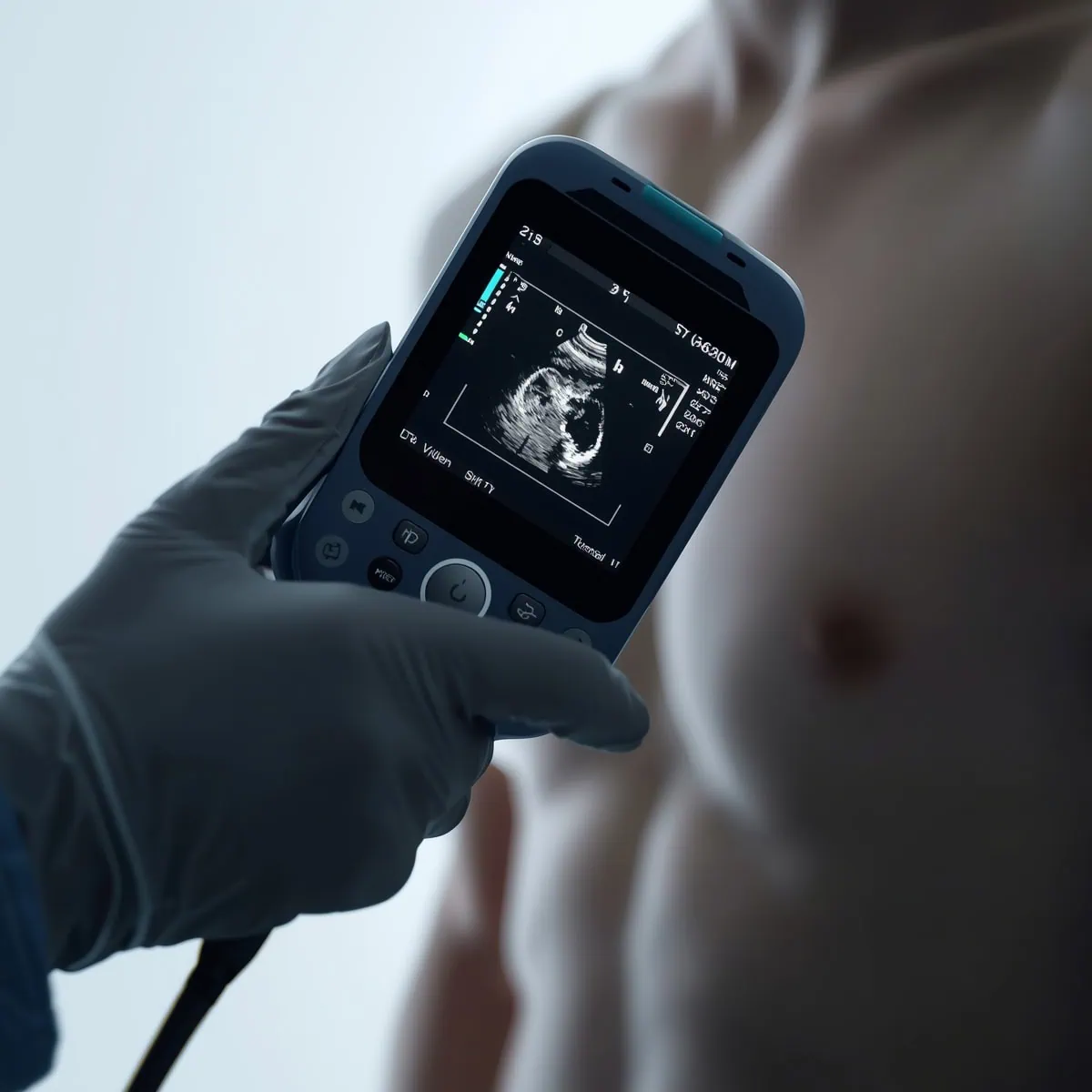The Era of Visual Thinking in Medicine with Clinical Ultrasound
Clinical ultrasound is not merely an imaging technique — it is a transformative way of thinking that has redefined how physicians approach their patients. Diagnosis is no longer confined to waiting for external reports; it now takes shape through the clinician’s direct assessment at the patient’s bedside. The ultrasound probe has become an extension of the physician’s hand, much like a stethoscope, bringing both speed and precision to the diagnostic process. This approach turns the clinician from a passive observer into an active decision-maker. Especially in time-critical settings such as emergency and intensive care units, clinical ultrasound empowers physicians with immediate, life-saving insights and strengthens their diagnostic autonomy.
The philosophy of clinical ultrasound is built on answering patient-specific clinical questions. The clinician seeks immediate answers to questions such as, “Why is this patient hypotensive?” or “Is the cause of dyspnea cardiac or pulmonary?” At this point, one of the most dynamic components of clinical ultrasound — point-of-care ultrasound (POCUS) — comes into play. POCUS is not about obtaining images for their own sake, but about finding the right answer through targeted, focused evaluation. Protocols such as eFAST, FoCUS, and RUSH exemplify this approach. Each is designed to be performed at the patient’s side, at the exact moment a decision must be made. In this way, POCUS represents the practical, rapid, and time-sensitive face of clinical ultrasound.
Another essential aspect of clinical ultrasound is its seamless integration with the physical examination. For centuries, inspection, palpation, percussion, and auscultation have formed the foundation of bedside assessment. Today, a fifth element — insonation — has joined them. While listening to the lungs, the clinician can simultaneously visualize pleural sliding; instead of only hearing the heartbeat, they can watch the cardiac contractions in real time. Traditional examination is no longer limited to sound and touch — it gains direct visual confirmation. Ultrasound thus becomes both the fifth component of the physical exam and a tool that enhances diagnostic confidence.
In certain situations, clinicians require more targeted information. This is where focused ultrasound comes into play — a concise, goal-directed examination aimed at answering a specific anatomical or clinical question. Examples include FoCUS for cardiac function assessment, eFAST for detecting intra-abdominal fluid in trauma, and RUSH for identifying the cause of shock. Focused ultrasound captures the very essence of clinical ultrasound’s problem-solving power: delivering the right information, for the right patient, at the right time.

All of these applications are encompassed by the broader concept of clinical ultrasound. Widely adopted in European medical literature, this term emphasizes that ultrasound is not just a technical act but an integral part of clinical reasoning. Clinical ultrasound combines visual data with patient history, physical findings, and physiological parameters to produce a holistic interpretation. It is not a peripheral support tool — it stands at the core of the diagnostic thought process itself.
Clinical ultrasound merges speed, safety, and accuracy into one powerful concept. Its non-ionizing nature makes it repeatable and harmless, while its bedside application allows real-time decision-making without delay. Rather than replacing radiology, it complements it — providing rapid answers when seconds matter and guiding more complex evaluations when needed. Today, the stethoscope and ultrasound probe rest side by side on the examination table, symbolizing a new era in medicine: the era in which physicians are not only listeners, but also seers. Clinical ultrasound unites human perception with technological insight — the universal language of modern, patient-centered medicine.
Assoc. Prof. Bora ÇEKMEN
If you've never made a mistake, you've probably never held a probe.
Bora Çekmen

